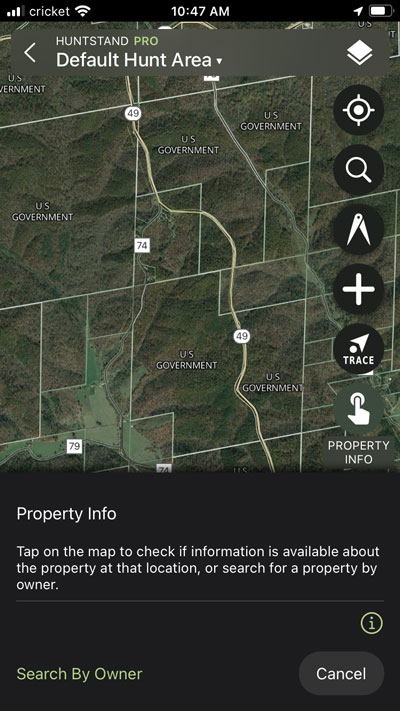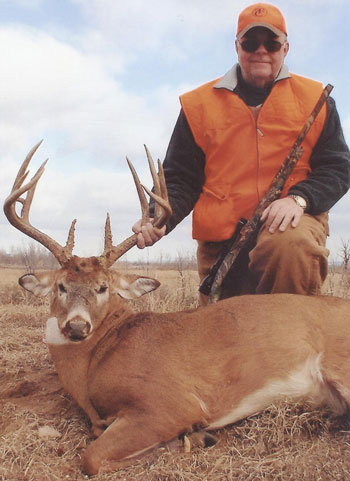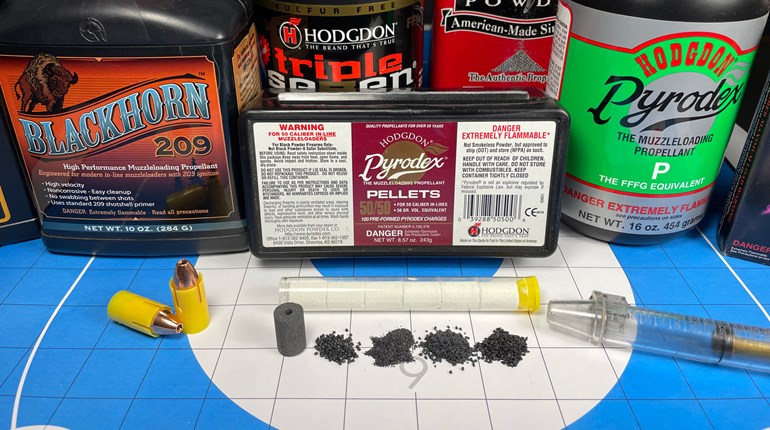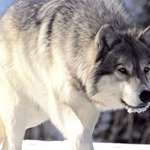
One of the hardest yet most gratifying things deer hunters can do is to get a new spot to hunt, and then figure out how to hunt it. I hope the following paragraphs serve to help you accomplish this.
You might not yet have that new spot, but are in the process of finding a new purchase or lease. Or, you might be lucky enough to have inherited a farm or have been given permission to hunt in a new area. Regardless of how you acquired this deer hunting property, let’s look at how you can maximize its potential.

Maps
I always start with maps. Both satellite and topographical maps can yield a ton of valuable information. I look for things that stand out, like ridges, bottom flats, agricultural fields and CRP. I also look for roads, creeks and/or ditches and logical deer crossings of these features. In addition to these things, I try to find obvious bedding and feeding areas, along with the travel corridors between them. As you study the satellite maps look for pinch-points, field corners, open ridges, and other likely looking spots. This pre-scouting homework will allow you to expedite your first “boots-on-the-ground” visit.
I can also recommend a phone app called HuntStand. There are several applicable features on this app including property lines, property owners and acreage. This app allows me to mark trails, stands and blinds in real time.
Drones
I have found the use of a drone can be invaluable to learning the nuances of a piece of hunting ground. The “Birdseye View” that drones provide can help you in many ways. If we go back to our satellite maps study, we quickly realize what time of year these photos were taken. If they were summertime photos, lots of the subtle anomalies can be covered by the leafy canopy. With a drone you can get a look at those same images year-round.
Scouting
Your map work should give you some great places to start scouting. The approach to scouting a new property depends greatly on the time of year you are able to gain access. For me, mid-winter is the best time to evaluate the deer potential of a new farm. Not only can I see farther, but this time of year the deer usage in winter food source areas can give you a good idea of their population.
As the winter herd seeks out food, they leave lots of sign. Heavily used food plots and ag fields will have literal highways leading to them from bedding areas. Watch for droppings, and also be alert to buck sign made in the fall. Old scrapes and rubs are the best buck indicators to look for as you scout.

Trail-Cameras
Just like your map study prepared you for scouting, your scouting should help you in finding locations to place trail cameras. The newest evolution of trail cameras send pictures directly to your phone. The older ones have SD cards that must be checked manually.
I use both kinds. I prefer the new models when working on a new property because of the quick delivery of information. The combined results of map study, drone use, scouting and trail photo evidence will help you formulate a plan for the best spots for stand placement.
Neighbors
There are few things more important than establishing a solid relationship with all your new neighbors. You should build mutually beneficial arrangements when it comes to tracking and recovering deer across property boundaries.
I suggest you find a way to help your neighbors so that they are happy to have you as their neighbor. You must also respect property lines. Do not be that guy who puts stands and/or blinds 10-feet from the fence between properties.
You can also learn a lot about your property from your neighbors. If you can become their friend, you will make these folks very good neighbors. If you treat them wrong, mad neighbors are hard to deal with.

Conservation Agents
Do not hesitate to contact the local Conservation Agent and introduce yourself. Get to know these guys. They can be a great resource of information about the deer and turkey on and around your new farm. They can also give advice on local poaching issues that may affect you.
These wildlife officers are there to assist you. Use them and let them use their knowledge to give you and your family and guests the very best hunting experience possible.
No doubt, getting a new deer hunting location ready to hunt is a lot of work. But the payoff is very gratifying. Put in some work, some time and some sweat and you will develop a great plan to build a place you can be proud of.



































